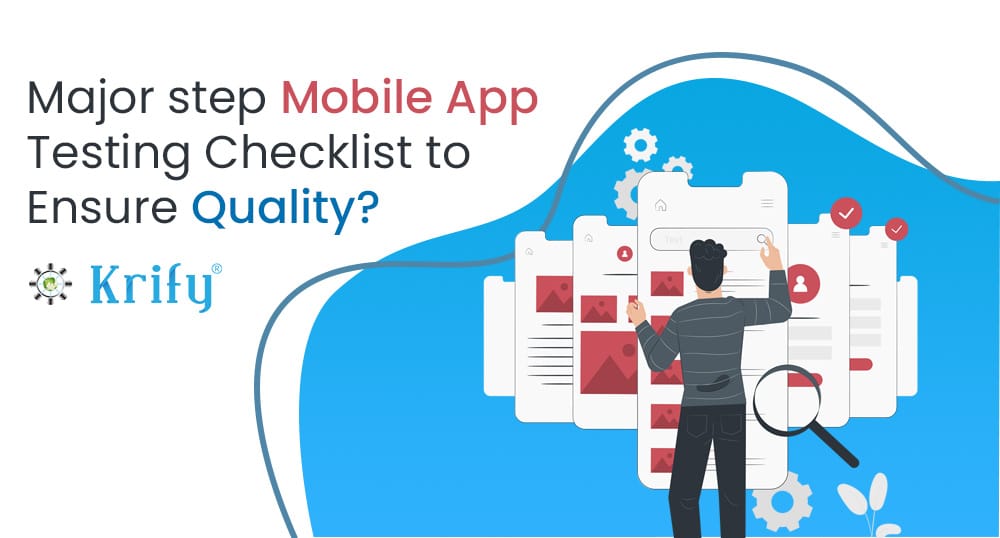With plenty of smartphone device varieties and models, mobile application testing before the release of any mobile app is truly an overwhelming and adventurous task. Steps implemented for Mobile App Quality Assurance (QA) plays a crucial role to deliver a better customer experience and ensuring that the app is good enough to deliver.
Let’s dive deep into the topic:
Mobile App Testing Quality Assurance Checklist
App Performance:
Most of the Mobile App Developers consider mobile app testing as an afterthought. But your app performance is the first factor that will impact the user’s decision to keep your app on their mobile. There will be a loss of revenue with poor app experience, which clearly defines the role of an app’s performance testing. After completing Mobile App Development, ensure active monitoring of your app’s performance and scalability across devices, server/API, and network. Performance testing pushes the spotlight on the functional domain and also on the back-end of an application. Most of the critical KPIs in performance testing involves battery-killing features, energy consumption, the use of GPS, and another memory usage, network bandwidth usage, etc. Performance testing of an app serves several objectives.
- How does the app perform at heavy workloads?
- How does hardware impact performance?
- What is the capacity of the application?
- How is the app performance on the protocol level?
- How does the app perform under critical conditions?
App’s Functionality:
The mobile app functionality test is very crucial as it serves several purposes in which it guarantees that the app functions as it should be. It also assures that the design and requirement terms have been satisfied. While doing the functionality testing, you confirm that your app functions well from the end user’s perspective. Mobile devices are coming with specific hardware features like storage, camera, screen, and sensors like accelerometer, geolocation touch sensors, etc. All need to get tested in different environments and settings.
There are many possibilities for interpretation while the app is functioning, such as incoming messages, calls, or other notifications. The main objective of the functionality of mobile app testing is to spot potential errors and undesirable issues that may come.
App’s Usability:
The rise in digitalization has made security testing very crucial. A fully functional, yet insecure application can indicate severe results. Hence the application should be tested depending on:
- Confidentiality
- Authorization
- Authentication
- Web service
- Storage
While implementing security testing, access security must be your initial need to ensure the safety of your business and your client. It is associated with authorization and authentication. When you perform accessibility testing measures, there is a need to test the protection level of your app’s data. To ensure the validity of data storage, we require legitimate security testing standards. For that, you need to first check the vulnerabilities. An expert mobile app tester can test the database for an extensive range of critical data.
App’s Compatibility:
The usability testing pays heeds to the look, feel, and convenience. Compatibility testing focuses on deciding whether the hardware and software testing focuses on determining whether the hardware and software together permit the application to function appropriately. We execute mobile compatibility testing to verify that your application performs as required across the array of mobile devices and browsers your users will use to access it. Some of the compatibility issues that affect the user experience include:
- Content
- Navigation
- Size
- Feature and functions
The compatibility of mobile app testing methodology should be flexible and case-based. The methods that you select should be dependent upon the situation.
From the above-discussed explanation, you get to know the entire checklist that you need to focus on before you launch your app.
Conclusion
The success of a mobile application relies heavily on its quality. Users have high expectations regarding ease of use and performance. Mobile App Quality Assurance Steps are crucial for meeting these expectations.
At Krify, we are dedicated to providing quality and robust mobile app testing services. We stick to the best testing practices to make the method quick.
Reach us if you are planning to launch a quality mobile app.









